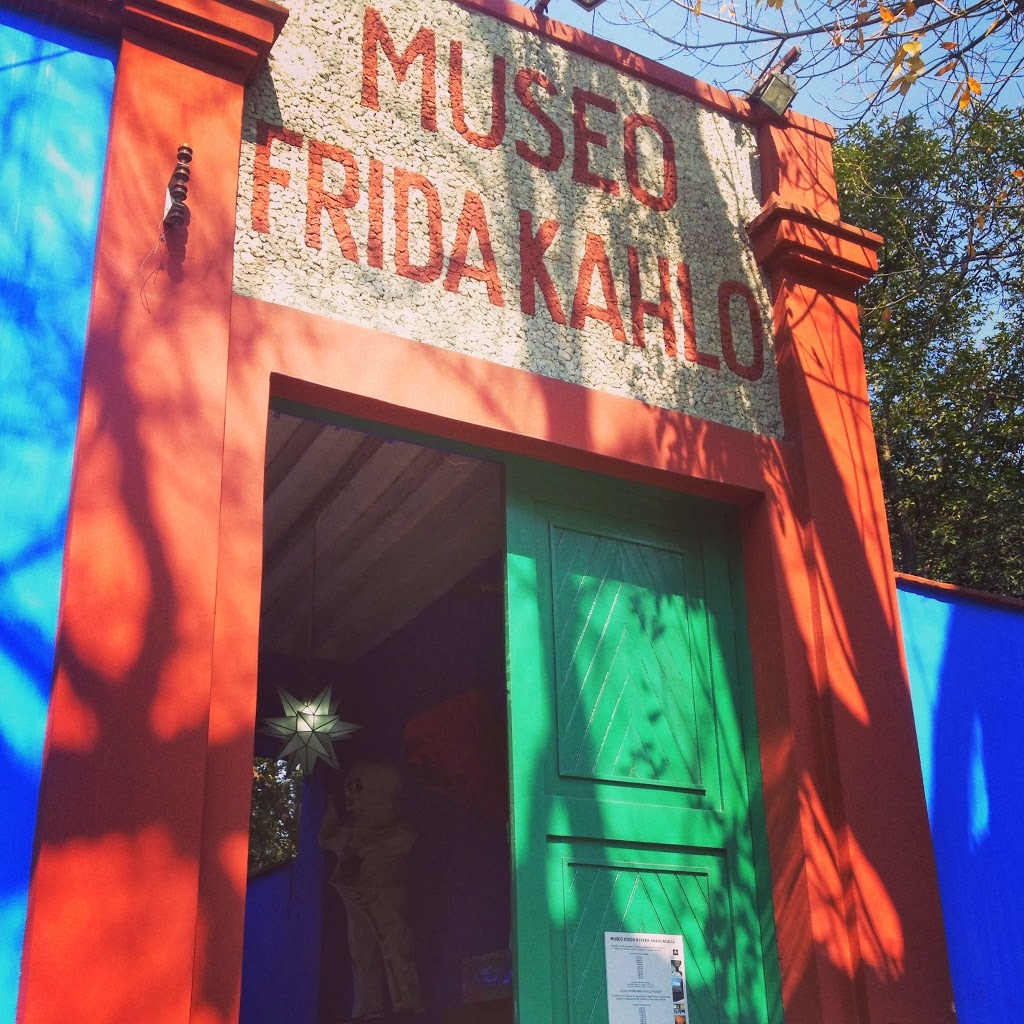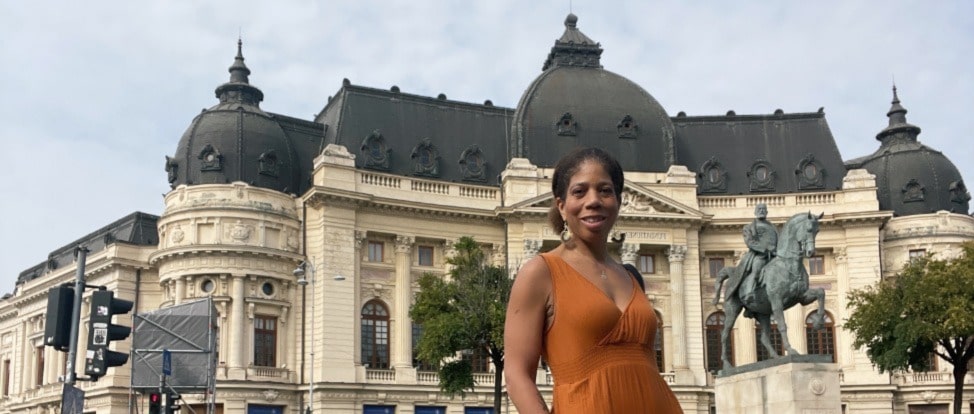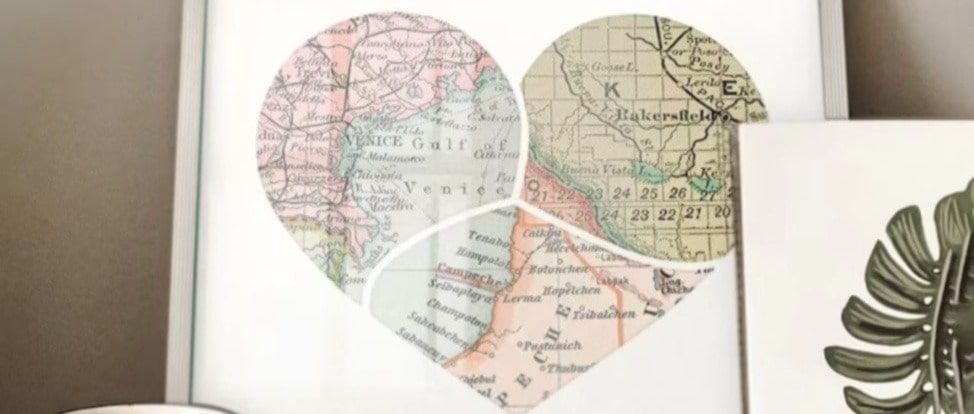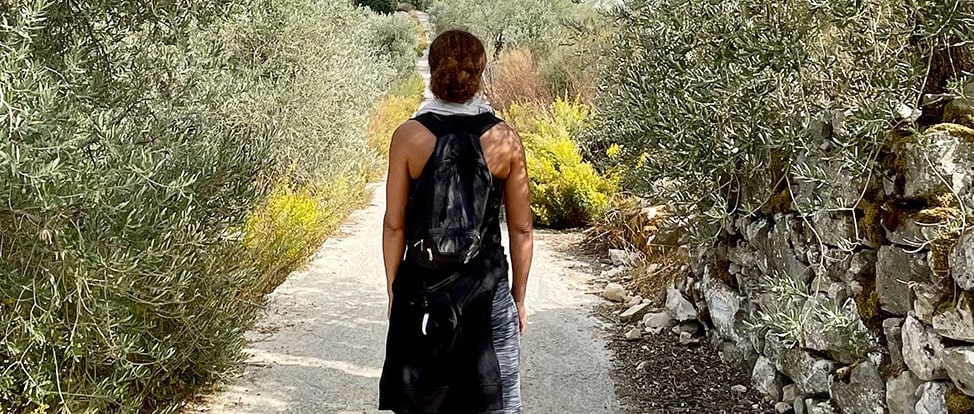Although I admittedly did not have too many plans going into to this Mexico City trip, I did tell myself that if I did nothing else in the D.F., come hell or high water, I was going to visit the Frida Kahlo museum. Now I did not grow up loving Ms. Kahlo’s art – there was very little exposure to Mexico and Mexican culture where I grew up just outside of Pittsburgh, PA. But as I got older, traveled and experienced more, I became exposed to new (to me) artists and styles.
 |
| Welcome to the Frida Kahlo Museum |
But it was really the 2002 movie, Frida that encouraged me to look more closely at the life and works of this artist. I was initially drawn in by the colors and vivid images, but then found myself fascinated by the story of this woman’s life. Her tragedies and her struggle to not let them define her. She often explored her physical, romantic and maternal pain through her paintings and sketches, but she never appeared to be weak or a sorrowful victim. Instead she appeared bold and daring, defiant and determined. All while being a welcoming hostess opening her home to guests, both world famous and personally familiar.
Then, there was also my fascination of how she painted herself – unibrow, mustache and all. In this age when it seems nearly every public image of a woman is painstakingly photoshopped in some way, I love that Frida painted her self-portraits with all of her imperfections. Or maybe she didn’t see them as imperfections at all. Even better! While she did use elaborate clothing to mask her life-long injuries, those same clothes did still bring a lot of attention to her and to traditional ways of Mexican dress.
 |
| Self Portrait |
From a plaque at the museum:
She was frequently bound in plaster corsets that she decorated beautifully and combined with her long skirts. The pursuit of clothes that would obscure the evidence of disease and trauma was without doubt a primary force that would eventually lead her back to her mother’s heritage and to the comforts of the stylistically rigid and traditional forms of the Tehuana dress. The intensity of the adornment of this attire on the upper part of the body obliges the viewer to focus their attention above the waist, distracting the viewer from her legs and what she described as ‘a body less than perfect’.
 |
| Outfits worn by Frida which eventually inspired a Vogue magazine article |
 |
| Close up from a family portrait showing traditional Tehuana dress that Frida eventually incorporated in her wardrobe. |
I certainly do not pretend to “know” someone from their portrayal in a movie and a few gallery exhibits, but in order to understand a bit more, I wanted to walk through the home she grew up in and see the images she created and that inspired her. The Frida Kahlo museum is housed in her childhood home, Casa Azul (or blue house) in the residential neighborhood of Coyocan. By all means, if you find yourself in Mexico City, make it a priority to visit Casa Azul. Walking through the rooms of her home and through the gardens and ponds in the courtyards, brought so much more of her art to life for me.
 |
| A Kahlo painting I’d never seen before on the wall of her home |
 |
| Khalo and her husband Diego Rivera pose by a pond at Casa Azul |
 |
| That same scene today |
 |
| A display of the many surgical corsets she wore throughout her life |
 |
| A box of Frida Kahlo’s paint tubes lies open in her studio |
 |
| An artist’s desk |
 |
| Dealing with illness and injuries, toward the end of her life, Frida would paint from her bed using the mirror above to catch her reflection. |
 |
| The house’s bright kitchen |
 |
| Two porclean clocks. One depicting the time when Frida and her husband divorced. The other, the time when they remarried. |
Tips for visiting the Frida Kahlo museum:
1. Go early. On a Saturday I arrived at about 10:30 AM (museum opened at 10:00) and I went right in. By the time I left a few hours later, around 12:30 or 1:00, there was a substantial line to get in.
2. Pay the extra fee to take photographs. At the time of writing it only cost 60 pesos, or $2.75 USD.
3. Skip the gift shop. Well, by all means take a wander through, but I didn’t see much beyond some cheap trinkets or overpriced textiles. I found much better Frida memorabilia in the local shops and markets throughout Mexico City.
4. I do not believe the museum is in walking distance of any of the closest metro stops. I was on the blue Metro line, so I took that south all the way to the General Anaya stop for 5 pesos (second from the last stop) then took a metered taxi from the station which cost me 31 pesos…a grand total of $2.70 USD.











